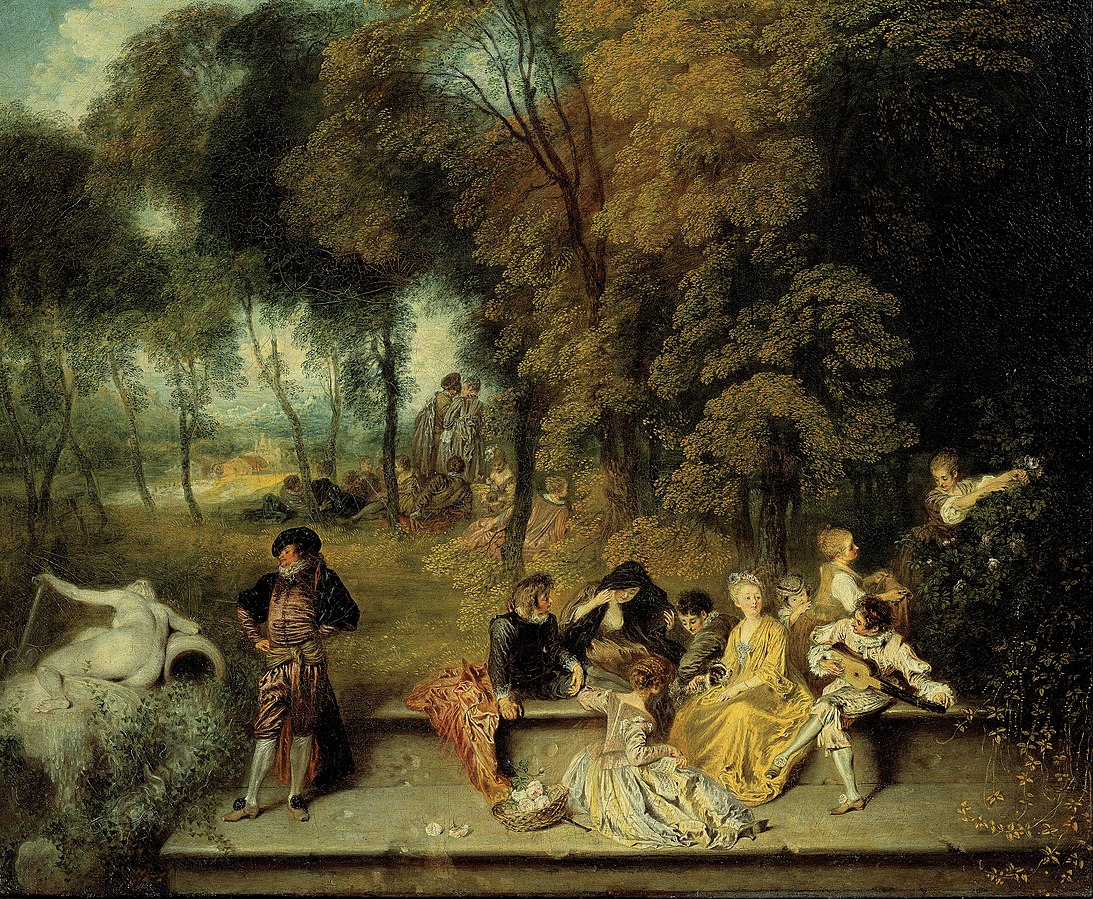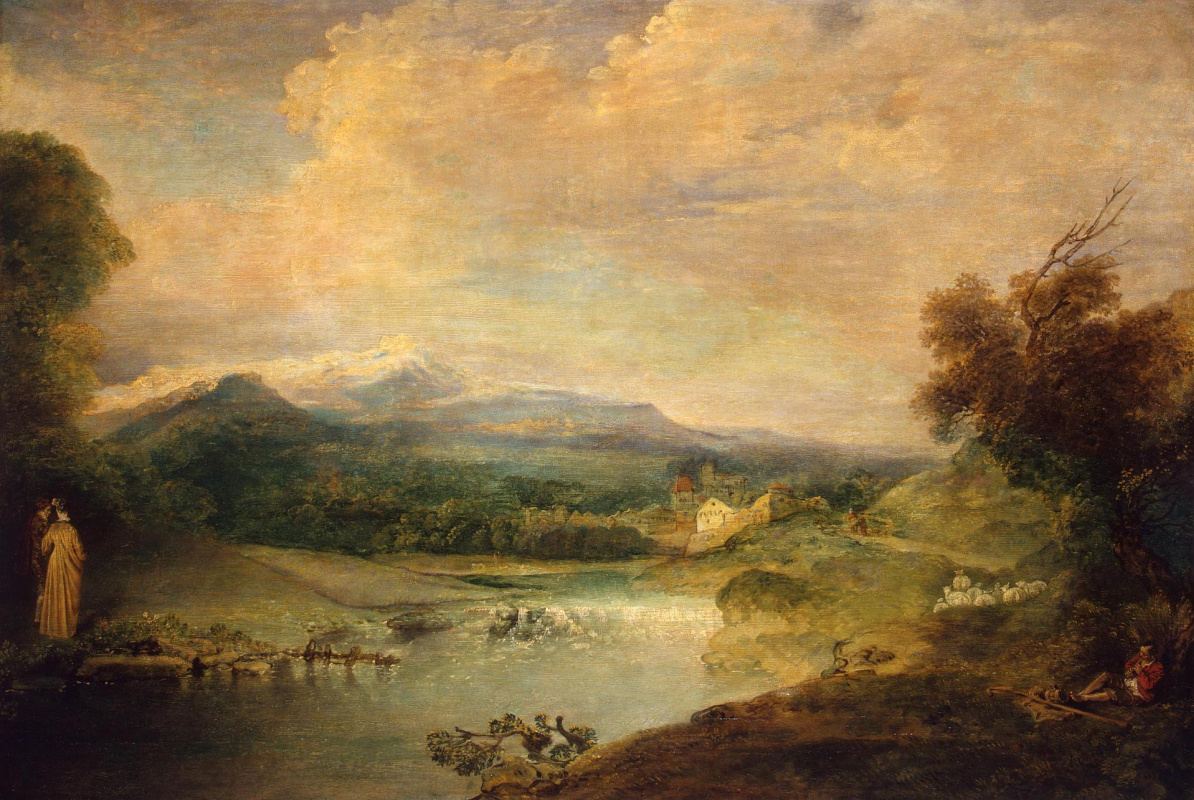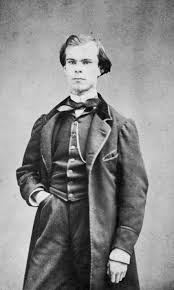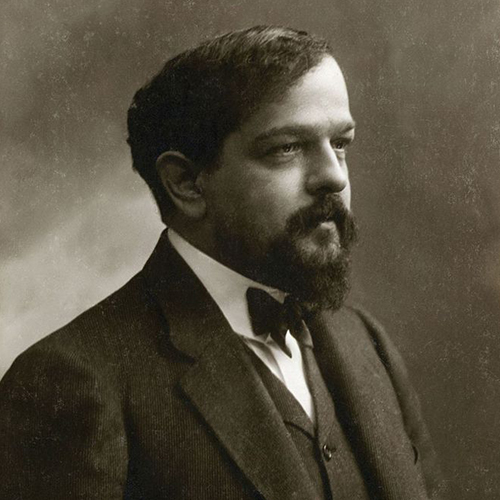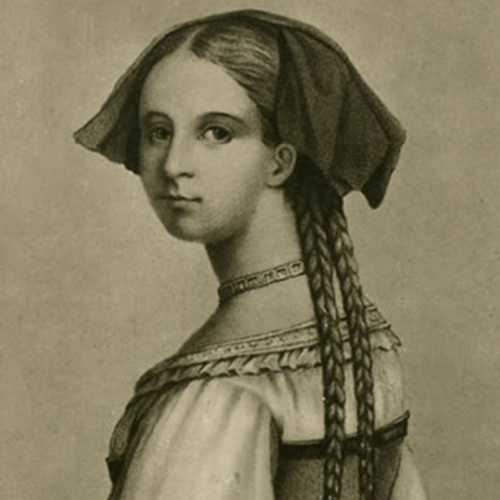While sitting in his prison cell in Mons city jail, Verlaine drew sketches and composed what many literary critics consider to be his finest poetry. Incarcerated for shooting his fellow poet and lover Arthur Rimbaud, his time in jail isolated
Poetry
The twenty-one poems published in La Bonne Chanson by Paul Verlaine are addressed to sixteen-year-old Mathilde Mauté de Fleurville. She came from a respectably bourgeois background, and the family had somehow amassed a fortune. They owned a small hotel and
When Paul Verlaine’s Fêtes galantes was published in 1869, Théodore de Banville penned the following critique in Le National of 19 April. “There are art-crazed minds, enamored of poetry more than of nature, who want Amintes and Cydalises deftly coiffed
Paul Verlaine (1844-1896) has been called “one of the most purely lyrical of French poets…an initiator of the modern word-music that marks a transition between the Romantic poets and the Symbolists.” His best poetry declared that the French language could
In 1911 Claude Debussy was questioned in the journal “Musica” on the ideal text to set to music. Having skeptically illustrated a number of possibilities, the composer declared his preference for rhythmic prose, adding that the composer himself should write
Claude Debussy (1862-1918) is famous for his one opera, Pelléas et Mélisande, an opera of seduction and loss. But this was not his only assay into opera. He started work after work, leaving them incomplete: Hélène (1881), Diane au bois
“Nur wer die Sehnsucht kennt” (Only he who knows longing) is one of four Mignon songs in Goethe’s Wilhelm Meister written in 1795. These songs are symbolic, because they are sung and not recited by the main characters. The episode
Goethe’s most famous lyric with refrain is undoubtedly “Heidenröslein” (Heath Rose). The poem is a sustained metaphor for the deflowering of a maiden, and it possibly originated during Goethe’s stay in Strasbourg. During his two-year stay, the 21-year-old poet fell



